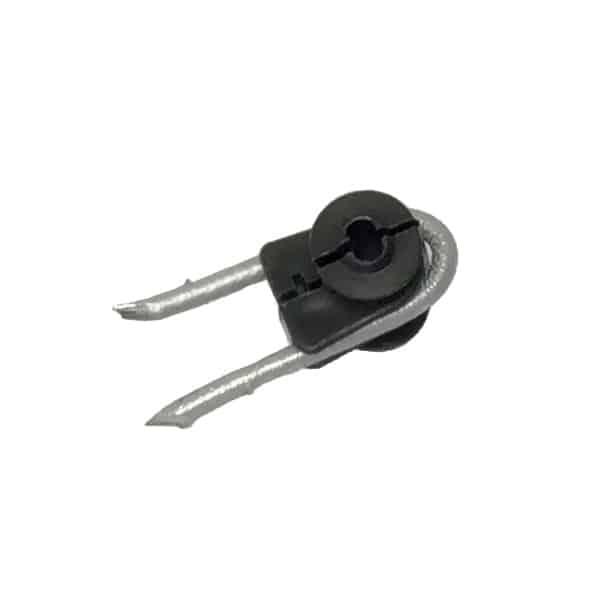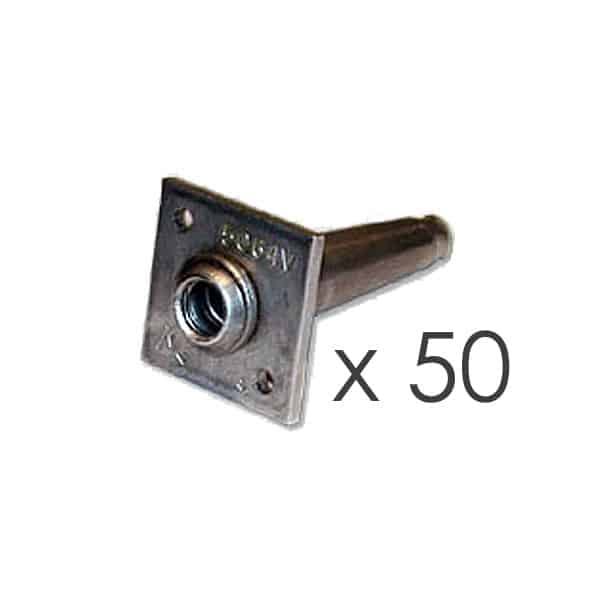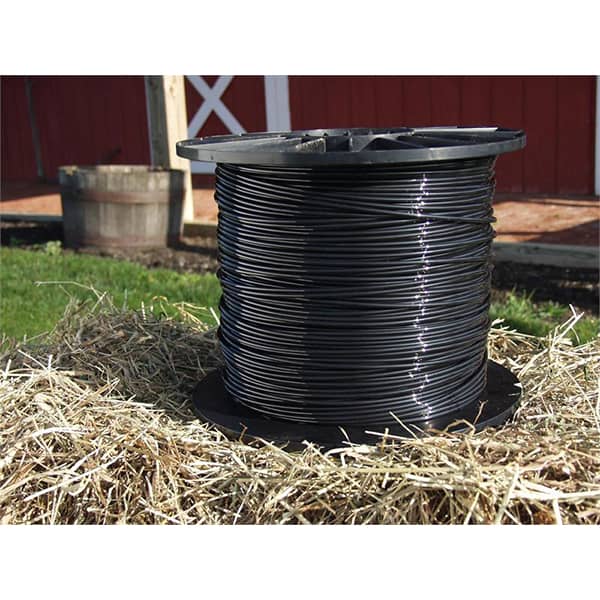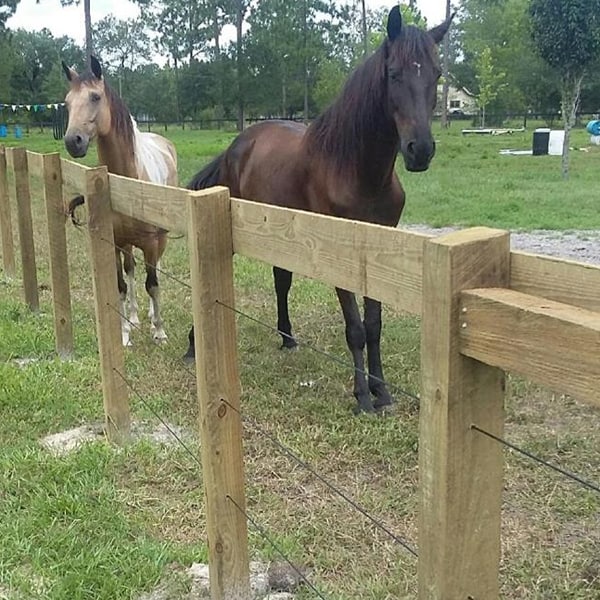FinishLine One Way Anchor Vice 1 /pkg
$5.50
Description
One-Way Vice
The one-way vice is used to secure the fence at the end post.
For anchoring Finish-Line Horse Fencing to end posts, it is recommended that a “one-way vice” be used. The one-way vice eliminates weaknesses caused by knotting.
To install the one-way vice, drill end posts with a 5/8 inch wood drill bit, push the strand through, and slip on the one-way vice. The jaw system automatically grips and prevents slipping after the strand is pulled through the vice. Ask your Finish-Line dealer which commercial vice is most appropriate for your fencing application.
Other Installation Options – Finish-Line Fencing can be installed by drilling through line posts and running the Finish-Line Fencing through holes to the end post where it will be anchored. If through-the-post installation is selected, a wooden template (2″ x 2″ x 6′) with holes pre-drilled at the selected spacing will allow fast hole alignment and allow the horse fence to follow the contours of the land.
To drill holes, use a battery-operated or portable generator-operated electric drill with a 5/16″ or 3/8″ wood drill bit. For large diameter posts, a 5/16″ bell hanger installer drill bit permits drilling through the thickest posts. Drills, bits, and portable generators are normally available at hardware stores and equipment rental stores.
NOTE: The use of through-the-post installation carries with it the risk of abrasion leading to the possibility of Finish-Line strand failure. We recommend using precaution against abrasion.
Abrasion can be reduced by using an electrified wire with Finish-Line Fencing, or by using a plastic tubing insulator to protect the Finish-Line Fencing as it passes through each hole in the post. Leave at least one inch of insulator protruding from both sides of the post. It is preferable to have the insulator fit tightly, or glue it within each hole.
Stretching for Proper Tension
Always pull Finish-Line Fencing strand from both ends, for proper tension.
Always start at the bottom strand and work your way up to the top strand. And, always leave enough extra fence (6-10 inches) on both ends to attach a strand stretcher at vice grips.
Finish-Line can also be tensioned by hand, eliminating the need for special tools.
As each strand of Finish-Line Fencing is walked out, the strand should be fastened at the far end. At the other end or stretching end, pull each strand of Finish-Line hand tight.
Finish-Line Fencing requires a tension of 3% of total strand length. For example, a 400-foot length with a 3% tension, the total length to be pulled is 12 feet (.03×400).
After each strand is pulled hand-tight, mark one-half of the amount to be pulled (6 feet of the 12 foot example) on each end of the strand, and pull the mark to the end post. Do NOT pull down hard on Finish-Line with a tension tool or vice grips. Use just a little tension and pull directly toward you.
Leave a small amount of fence protruding through each fastening vice on end posts. These strands can be lightly stapled to the end post. With time, it may be necessary to retighten loose strands caused by post movement.
Splicing – It is recommended that strand joiners be used when splicing Finish-Line strands, if splicing between posts is necessary. Strain the strand ends to butt together, slip on the strand joiner, and release.
Loss of Tension – With time, the tension in Finish-Line Fencing may loosen due to movement of fence posts. Fencing should be checked occasionally for a resonant “twang” when each strand is plucked. If this “twang” cannot be heard, additional tightening is recommended after locating and correcting loose posts
Electrified Wire – Horses which have a tendency to rub fencing continually or “play” with fencing can lead to problems for the fence and the horse. In cases of frequent horse contact with Finish-Line Fencing, an electrified wire is recommended.
Finish-Line Fencing cannot carry a electrical charge itself, but a Finish-Line Fence can be electrified in several ways.
The inclusion of a single electric strand is recommended as the best way to reduce horse contact with the fence. Several products are available that will complement your Finish-Line Fencing appearance and safety.
An electrified fence will reduce the overall number of posts and Finish-Line strands needed. Using Finish-Line Fencing in combination with an electrified wire, posts can be spaced 12 to 16 feet apart, and only 3 to 4 strands of Finish-Line Fencing can be used.








